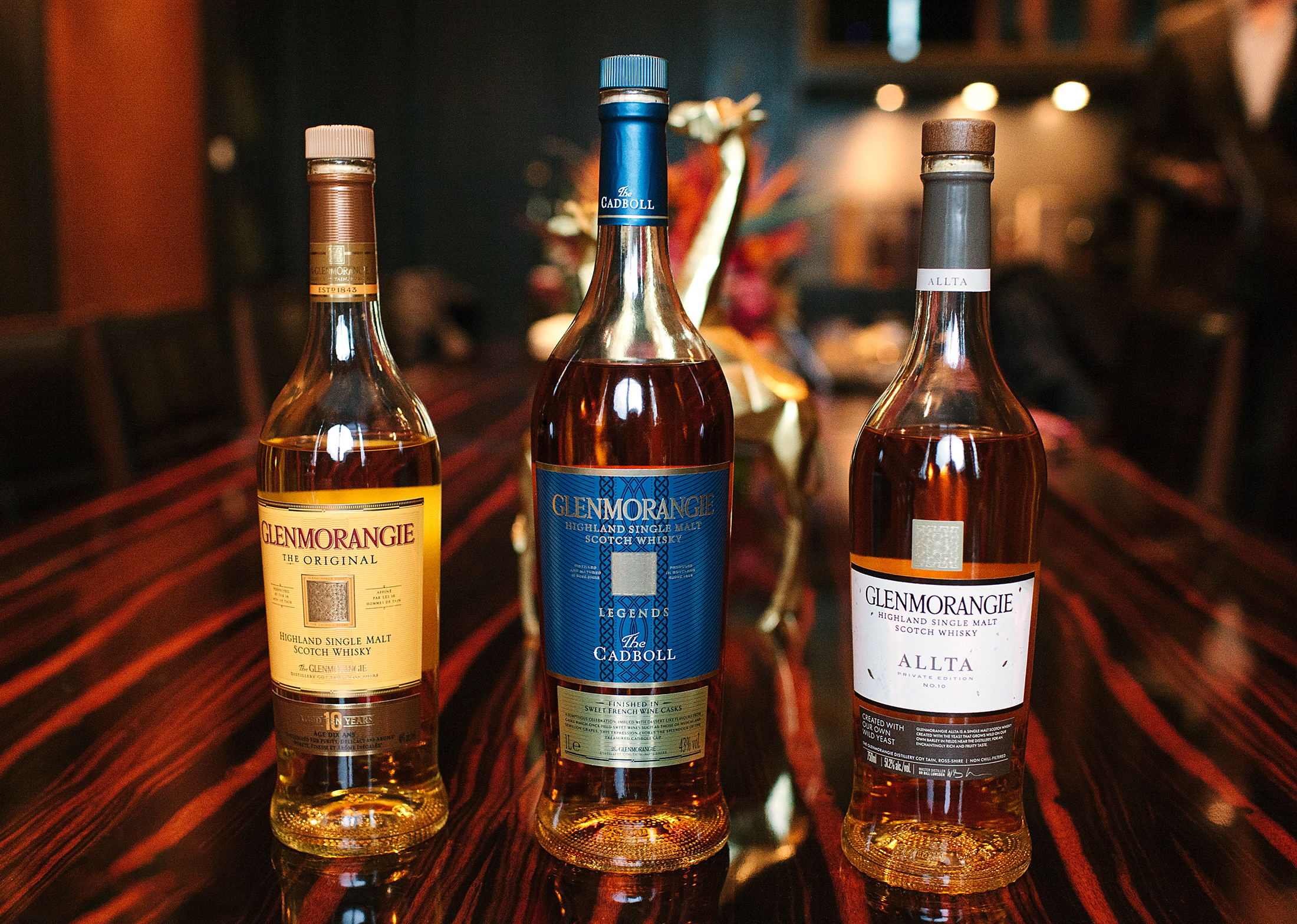To visit a Scotch distillery is to be romanced by gleaming copper stills and reverential talk about local water and the magic of barrel aging. Yet what if the character of a single malt is determined at a different, much earlier, and less talked-about stage of whisky making? This is an area of professional fascination for Dr. Bill Lumsden, master distiller at the legendary Scottish Highlands distillery Glenmorangie for nearly 25 years, and a fermentation science PhD.
“Yeast and fermentation have been the underrated part of the whisky-making process for years,” he says in a rare intimate chat in a private room at Vancouver’s Tableau Bistro. “It’s something that has always frustrated and saddened me.” Those beginning stages of the process turn milled malted barley, yeast, and water into a low-alcohol “distiller’s beer” which forms the new make spirit that goes into the barrel. As Lumsden explains, unique strains of yeast, and precisely calibrated fermentation conditions can create much of the flavour complexity that will eventually characterize a finished single malt, after years—or even decades—of aging.
Over his career, with whiskies such as Glenmorangie’s iconic Signet (made from dark-roasted chocolate-malt barley and inspired by his love of Jamaican coffee), Lumsden has been able to imagine a final taste and, like a true scientist, “reverse engineer” the whisky-making process to achieve it. Still, the 2019 release of the distillery’s 10th annual Private Edition turned out to be a wild card he could not predict.
“I wanted something unique to the area where the distillery is,” he says. A decade ago, he found it in the distillery’s own grain fields, where ears of growing barley were teeming with naturally occurring wild yeasts. Samples were taken and analyzed, the more promising ones isolated, and the best strain was cultivated to ferment what would become the 2019 Private Edition: Allta (“wild” in Gaelic). “I knew I had to accept whatever the yeast gave me,” says Lumsden, clearly delighted with the result of his rogue experiment.
Where iconic Glenmorangie 10-year-old has a sophisticated nose redolent of Highland heather and honey, with a creamy texture and bright fresh citrus notes, Allta is a big, robust and altogether wilder animal and, at 51.2 per cent alcohol, it’s strong. “Because the hard-core whisky geeks prefer the higher strength,” Lumsden says, cheekily. A husky cereal note of barley underpins lush apple, pear and blossom notes. There’s a more delicate, green botanical whiff, too: he calls it “minty,” and he also name-checks geranium, which he grows in his home garden.
Perhaps it’s the round, rustic loaf of dark crusty bread and creamy, aromatic wedge of cheese on a tray in front of us, but Allta swirls in the glass to reveal the pleasingly tangy scent of fresh dough. It is a huge, surprising and unpredictable dram of single malt that evolves in the glass much like a natural wine. “To me, consistency is somewhat boring,” says the distiller, with perhaps the motto of a truly curious experimenter.
Allta carries no age statement (the number that denotes the youngest cask of whisky present in a bottle of Scotch) because the Private Edition range “is not about age: it’s about innovation and the unusual production techniques.” Such limited releases are catnip for collectors all over the world, who can now try single malts made everywhere from Japan and Taiwan, to India. “It’s made the Scotch whisky distillers take a serious look at what we’re doing—it’s helped put a re-emphasis on innovation. It’s been positive for the industry, as a whole,” Lumsden notes.
Many of the whisky-making practices that pass for innovation today—unique cask finishing in different types of barrels, farm-to-flask spirits made from local ingredients, experiments with varieties of barley—are ideas Lumsden has already tried. Nevertheless, his once controversial malt experiment that resulted in Signet—and, for a time made him the bad boy of the whisky world—is still a somewhat underexplored area in distilling, but one on which Lumsden continues to experiment. “You’ll have to wait a few years to see the results of that,” he says, hinting at more intriguing Glenmorangie Private Editions for years to come.
Read our Summer 2019 issue here. For more on food and wine, visit us here.










